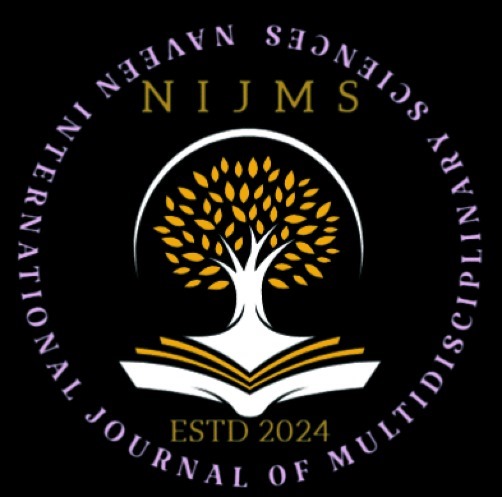Influence of Dust, Shading, and Surface Contaminants on Solar Panel Performance in Urban and Rural Environments
DOI:
https://doi.org/10.71126/nijms.v2i1.88Abstract
This research investigates the differential impacts of environmental factors on photovoltaic (PV) system performance across urban and rural settings. The study addresses a critical gap in understanding how dust accumulation, shading patterns, and surface contaminants affect solar panel efficiency in diverse geographical contexts. Through a comprehensive mixed-methods approach involving field measurements from 240 solar installations across six regions, laboratory testing, and meteorological data analysis spanning 24 months, this investigation quantifies performance degradation patterns. Results demonstrate that urban environments experience 18-25% greater efficiency losses compared to rural settings, primarily attributed to higher particulate matter concentrations and complex shading scenarios. Dust accumulation rates averaged 2.3 g/m²/day in urban areas versus 0.8 g/m²/day in rural locations. The study reveals that optimal cleaning intervals vary significantly between environments: weekly cleaning in urban areas versus bi-weekly in rural settings maximizes cost-effectiveness. These findings provide crucial insights for solar system designers, maintenance practitioners, and policymakers developing renewable energy infrastructure strategies.
Keywords: Photovoltaic Performance, Environmental Contamination, Solar Panel Efficiency, Urban Solar Systems, Dust Accumulation, Shading Analysis, Renewable Energy Optimization.
Downloads
Published
Issue
Section
License
Copyright (c) 2025 Naveen International Journal of Multidisciplinary Sciences (NIJMS)

This work is licensed under a Creative Commons Attribution-NonCommercial 4.0 International License.













